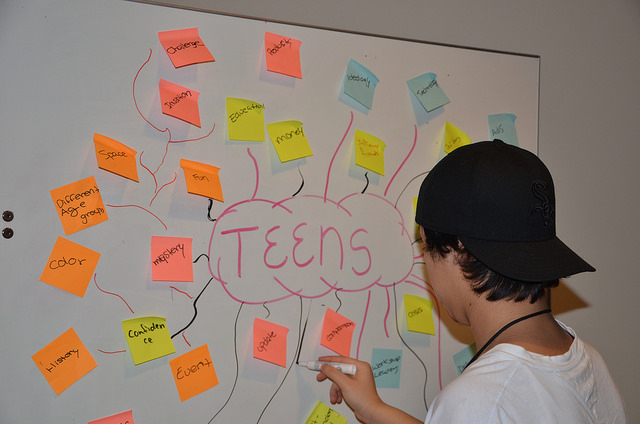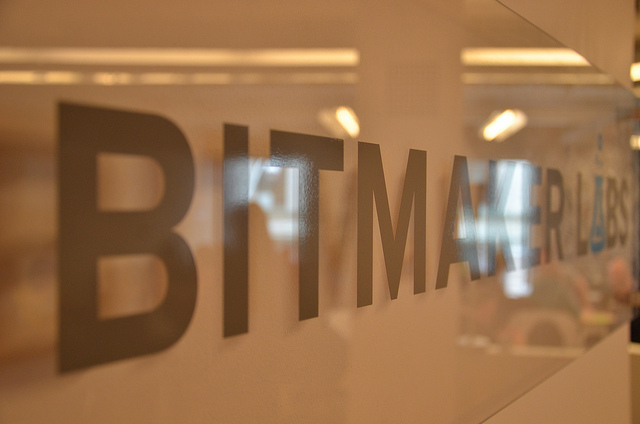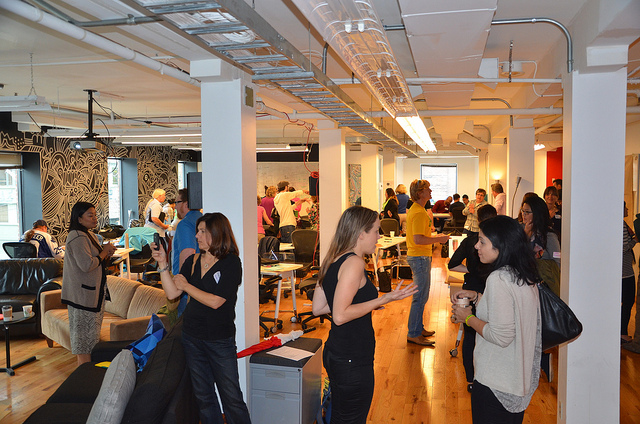In March, we hosted a series of design thinking workshops. It was a workshop heavy month and one resounding question emerged, “What is the purpose of ice cream?”
Having put on a bunch of workshops like these, we like to play with different design challenges each time for the group. It is not something we choose arbitrarily, but actually something we discuss a lot and very intentionally put forward. For the whole month of March, for every workshop we did was centred around ice cream.

Why ice cream?
Our goal during design thinking workshops is for participants to walk away with tools that they can bring into their everyday work and lives and we have found if you are too close to the design challenge that you spend most of your time actually getting worked up with solving the problem rather than learning how to approach solving the problem.

We are really good at solving problems.
We do it everyday. It is in our nature. In fact, we can almost always come up with a solution. Our quest is to have you question what the problem is so that you can better define what it is you are trying to achieve before coming up with the solution. This is our work.

We specifically choose a topic that we know our participants are not likely to have a large attachment to and instead can focus on getting through the process of learning design thinking. Often, in our everyday, we get told what the problem is and then everyone goes straight to solving for the problem without taking time to really understand what the problem is.
Ice cream is a perfect example of this. Through 3 workshops and 17 groups working on the problem of ice cream, we learned a few things too.

The problem isn’t ice cream As groups tackled understanding ice cream, some became frustrated that ice cream wasn’t a complicated enough task, it is mundane and not difficult enough. Sometimes the task seems as simple as ice cream until you really start to unpack it. We began to recognize a tension where participants felt if they weren’t engaged with the problem, they had less motivation.
The user knows the way As groups worked on understanding the problem, one of the greatest tasks is thinking of who the users are beyond what you as the designer wants to achieve. When we can let go of our designer ego, and let the user guide you to the solution then we can be responsive and human-centred.
There is no right answer Every group we worked with started with the same prompt of ice cream and we wound up with 17 extremely different ideas. Granted some were a little silly but nevertheless, there were 17 beautifully well thought out prototypes ready for feedback and iteration.

At the end of the day, there is no ideal design challenge to start learning about design thinking. The point is to start. The struggles that you face in learning will help you as you conquer greater and greater wicked problems.




























